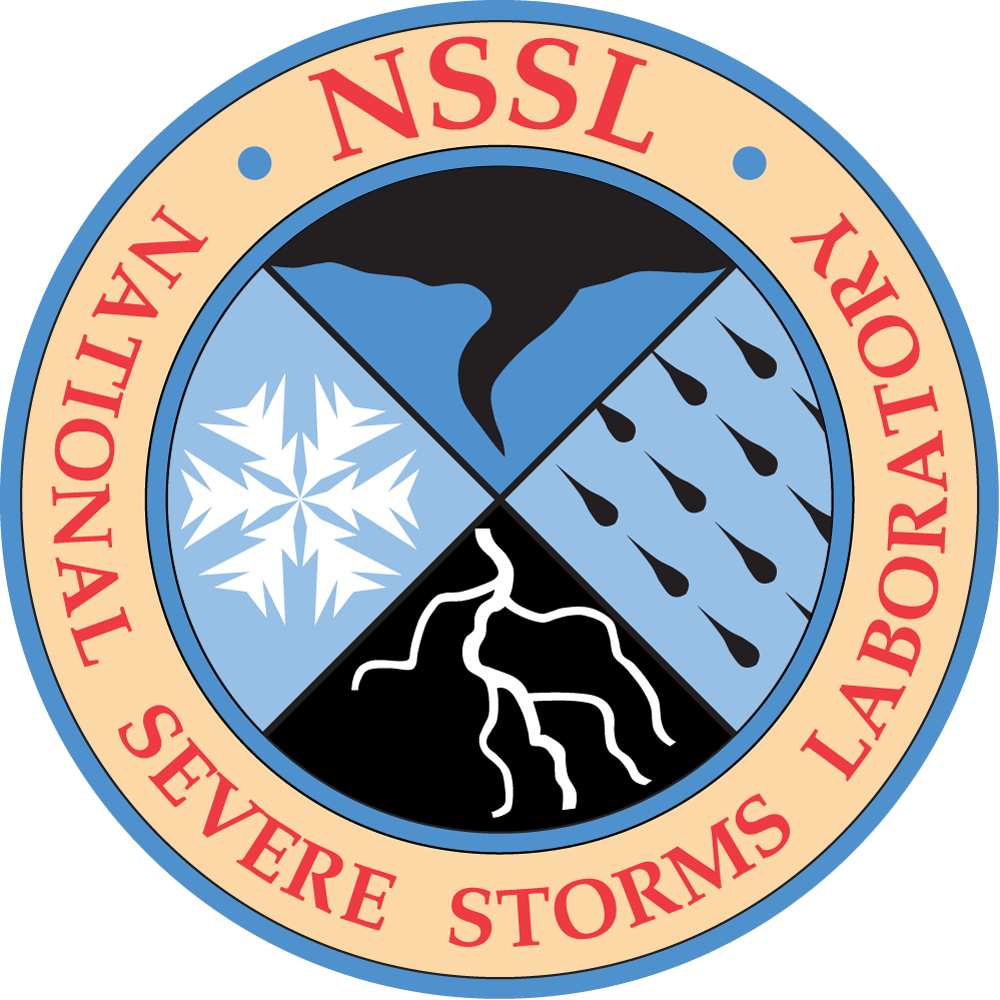


I'm a research meteorologist at the National Severe Storms Laboratory (NSSL), stationed at the University of Wisconsin -- Madison (UW-Madison), which houses the Cooperative Institute for Meteorological Satellite Studies (CIMSS) within the Space Science and Engineering Center (SSEC).
Most of my work involves applied research with remotely sensed data (e.g., radar, satellite, lightning) in an operational context. Scroll down to see some of the projects I work on.
I heavily leverage machine learning (e.g., convolutional neural networks, gradient-boosted machines, naive bayesian models), statistical methods, object-tracking, data visualization, and forecast verification in my projects.
ProbSevere is a portfolio of machine-learning models providing guidance to convection-related hazards.
ProbSevere v2, which nowcasts severe hail, severe wind, and tornado threats, became operational under the Multi-Radar Multi-Sensor system at NOAA in 2020.
ProbSevere v3 is a follow-up to version 2, using gradient-boosted decision trees and more data fields as predictors. It is currently being evaluated by the U.S. National Weather Service.
ProbSevere LightningCast uses GOES-R ABI data and computer-vision AI to nowcast lightning in the next 60 minutes, including lightning initiation.
The experimental ProbSevere IntenseStormNet is a deep-learning model trained to detect intense convection using only geostationary satellite data.
We use artificial intelligence to perform volcanic cloud (ash and SO2) detection and characterization globally with geostationary and polar-orbitting satellite data.